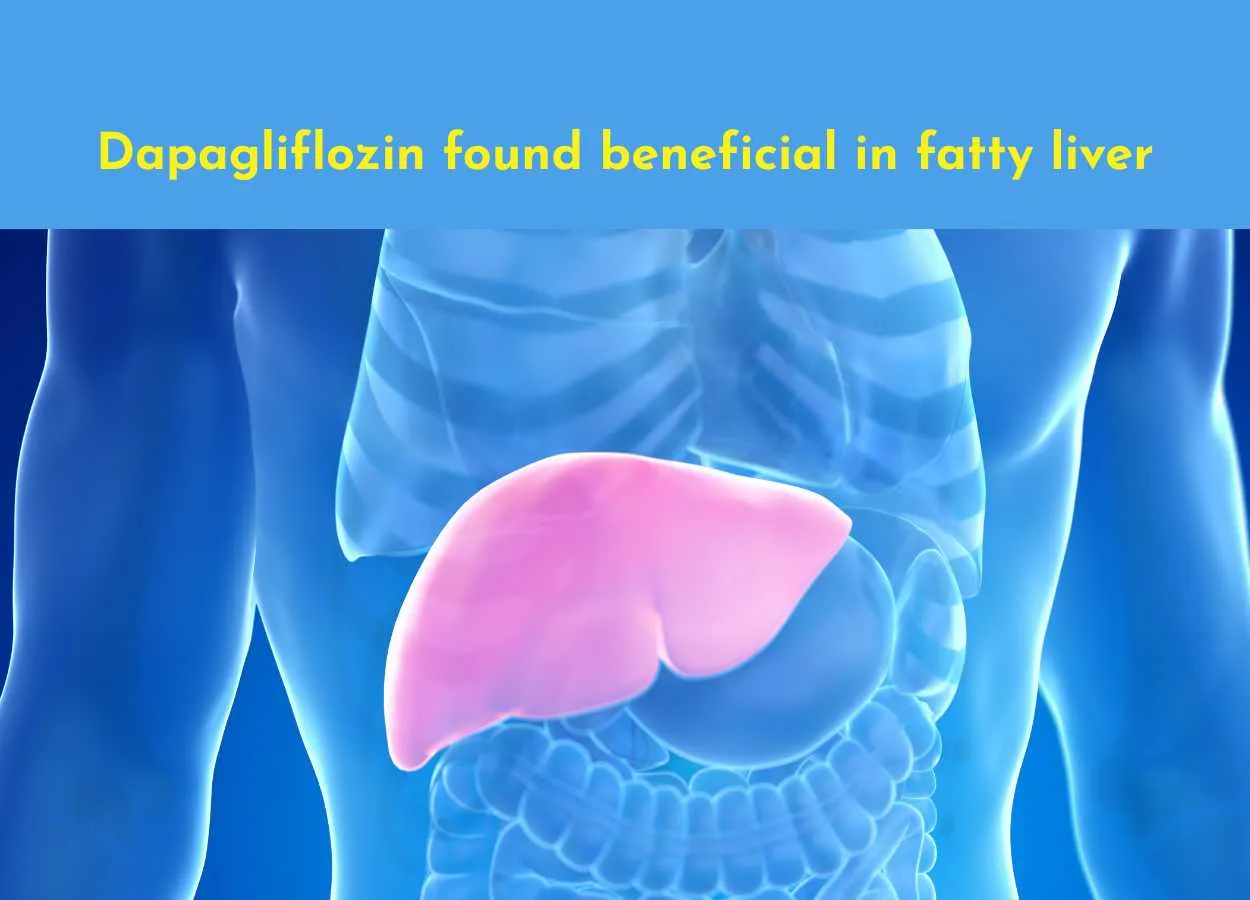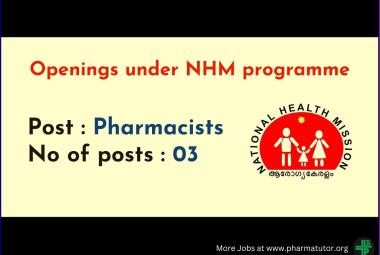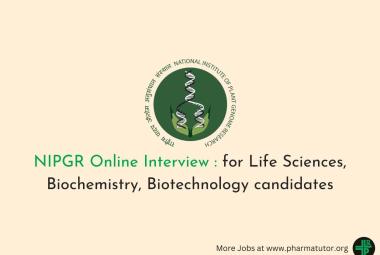Dapagliflozin shows promise in treating metabolic dysfunction-associated steatohepatitis (MASH), with or without type 2 diabetes in a new clinical trial conducted in China.
A new clinical trial conducted in China has shown encouraging results for the use of dapagliflozin in treating metabolic dysfunction-associated steatohepatitis (MASH), with or without type 2 diabetes. The 48-week study, led by Lin and colleagues, involved 154 non-cirrhotic patients randomly assigned to receive either 10 mg of dapagliflozin or a placebo daily. Of these, 125 participants (81%) completed the trial with an end-of-study liver biopsy.
The trial met its primary goal: 53% of patients taking dapagliflozin showed improvement in MASH without any worsening of liver fibrosis, compared to 30% in the placebo group. Secondary outcomes were also promising. Resolution of steatohepatitis without fibrosis progression was observed in 23% of the dapagliflozin group versus just 8% of those on placebo. Furthermore, 45% of treated patients saw improvement in fibrosis without worsening of steatohepatitis, compared to 20% in the placebo group.
Importantly, dapagliflozin demonstrated a favorable safety profile. Adverse events were less frequent in the treatment group (56%) than in the placebo group (64%), with no serious adverse effects reported among those taking the drug. While minor side effects like insomnia, gout, and bone fractures were slightly more common, overall tolerance was good. Other studies also suggest dapagliflozin may be safe for patients with more advanced liver disease, including cirrhosis.
Sodium-glucose cotransporter 2 (SGLT2) inhibitors have grown in importance for the treatment of type 2 diabetes mellitus, showing proven efficacy in heart failure and chronic kidney disease. In addition to glycaemic control, SGLT2 inhibitors have improved lipid profile and blood pressure, induced modest weight loss, and offered cardiorenal protection—even in patients without diabetes.
Until recently, treatment options for metabolic dysfunction-associated steatohepatitis (MASH) were limited, with early studies on SGLT2 inhibitors offering only exploratory evidence due to small sample sizes and weak endpoints. Now, progress is being made with several new drugs showing promise.
Dapagliflozin, an SGLT2 inhibitor, has demonstrated encouraging results in a recent Chinese trial, joining semaglutide (a GLP-1 receptor agonist) and resmetirom (a THRβ agonist) in the emerging treatment landscape. While direct comparisons between the drugs aren’t yet possible, all have shown significant effects on liver histology.
Dapagliflozin improved MASH resolution without worsening fibrosis in 15% more patients than placebo, compared to 29% with semaglutide and 20% with resmetirom. For fibrosis improvement without worsening steatohepatitis, dapagliflozin led with a 25% difference, followed by semaglutide (14%) and resmetirom (12%).
As more therapies become available, treatment for MASH is expected to become increasingly personalized, with a focus on improving metabolic health, liver function, and cardiovascular outcomes—especially in patients with type 2 diabetes and obesity.








